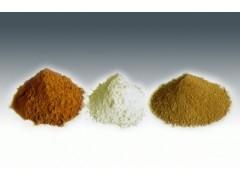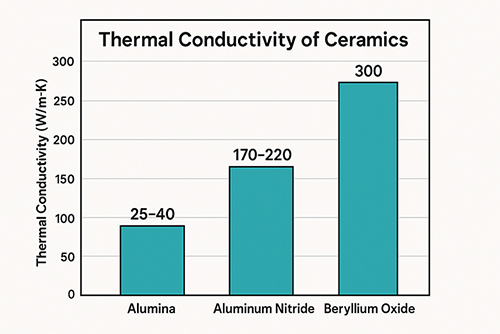Advantages of Yttria Stabilized Zirconia (YSZ) Compared to Other Stabilizers

Yttria stabilized zirconia has the characteristics of strong thermal shock resistance, high-temperature resistance, good chemical stability, and outstanding material composite. The combination of stabilized zirconia with other materials can greatly improve the performance parameters of the material and improve its fracture toughness and flexural strength. Therefore, stabilized zirconia is not only used in the field of structural ceramics and functional ceramics but also to improve the surface properties (thermal conductivity, thermal shock resistance, high-temperature oxidation resistance, etc.) of metallic materials. Common zirconia stabilizers are rare earth or alkaline earth oxides, and only oxides whose ionic radius differs from the Zr4+ radius by no more than 40% can be used as stabilizers for zirconia. Among them, yttrium oxide, calcium oxide, magnesium oxide, and cerium oxide are more commonly used. The stability of each stabilized zirconia is substantially the same, but the properties of zirconia after stabilization thereof are not the same. In the application, it is often necessary to add a reasonable and appropriate amount of stabilizer according to the actual use requirements. Compared with yttria-stabilized zirconia (YSZ), magnesia-stabilized zirconia has outstanding mechanical properties and creep resistance at relatively high temperatures. However, the research and development of magnesium-stabilized zirconia are constrained by two unfavorable factors:? First, the solid solution temperature of magnesium oxide in the cubic region of zirconia is very high, resulting in stable magnesium stabilized zirconia is not easy to be completely sintered; Second, magnesium oxide is prone to crystal phase separation and a large number of tetragonal phases when zirconia is higher than 1000 °C. Instability, to the deterioration of material properties, severely restricts its application in high-temperature areas.? Therefore, magnesium oxide to stabilize zirconia in future research focuses on efforts to reduce the sintering temperature and achieve low-temperature sintering; at the same time improves its high-temperature mechanical properties and expands the application range.

Stabilized zirconia doped with yttrium oxide has good comprehensive properties and is the most widely used solid electrolyte; Stabilized zirconia doped with calcium oxide has better performance than other stabilizers, relatively cheap, but easy to decalcify and destabilize; Doping Stabilized zirconia of cerium oxide has the best conductivity, but its mechanical properties are relatively poor. The stabilized zirconia doped with magnesia has a low conductivity and is inexpensive, but its long-term performance is poor and is generally used as a consumable. For more information, please visit https://www.preciseceramic.com/.
{{item.content}}
LEVE A REPLY
{{item.children[0].content}}
{{item.content}}
LEAVE A REPLY
SUBSCRIBE OUR NEWSLETTER
- Boron Nitride in Cosmetics: Enhancing Performance and Sensory Appeal
- Maximize MOCVD Yield and Purity with Hexagonal Boron Nitride Setters
- What Are the Advantages and Uses of Boron Nitride Ceramic Sheet?
- The Compression Annealing Advantage for Pyrolytic Boron Nitride
- Beyond Insulation: The Surprising Spectrum of Ceramic Thermal Conductivity











